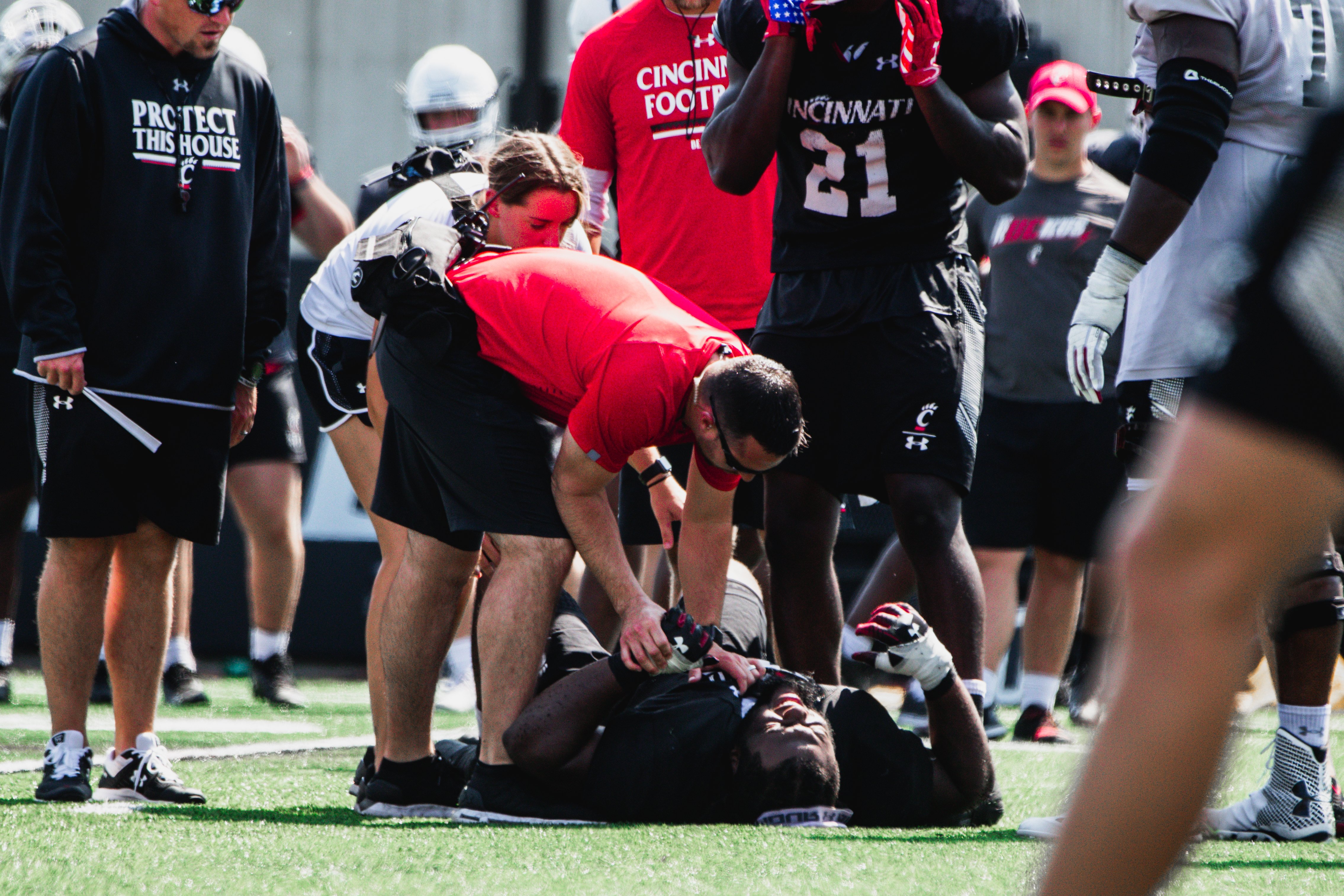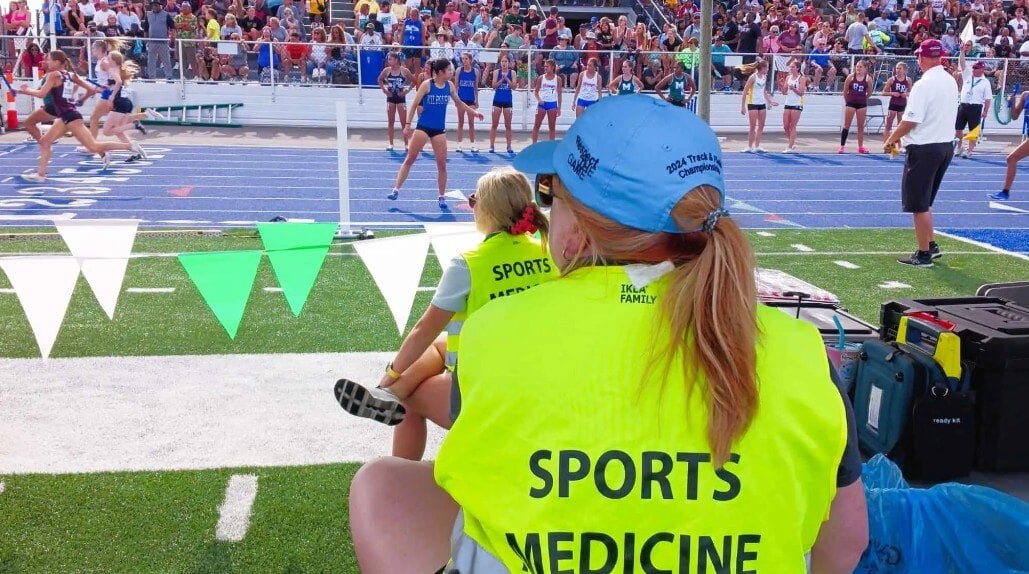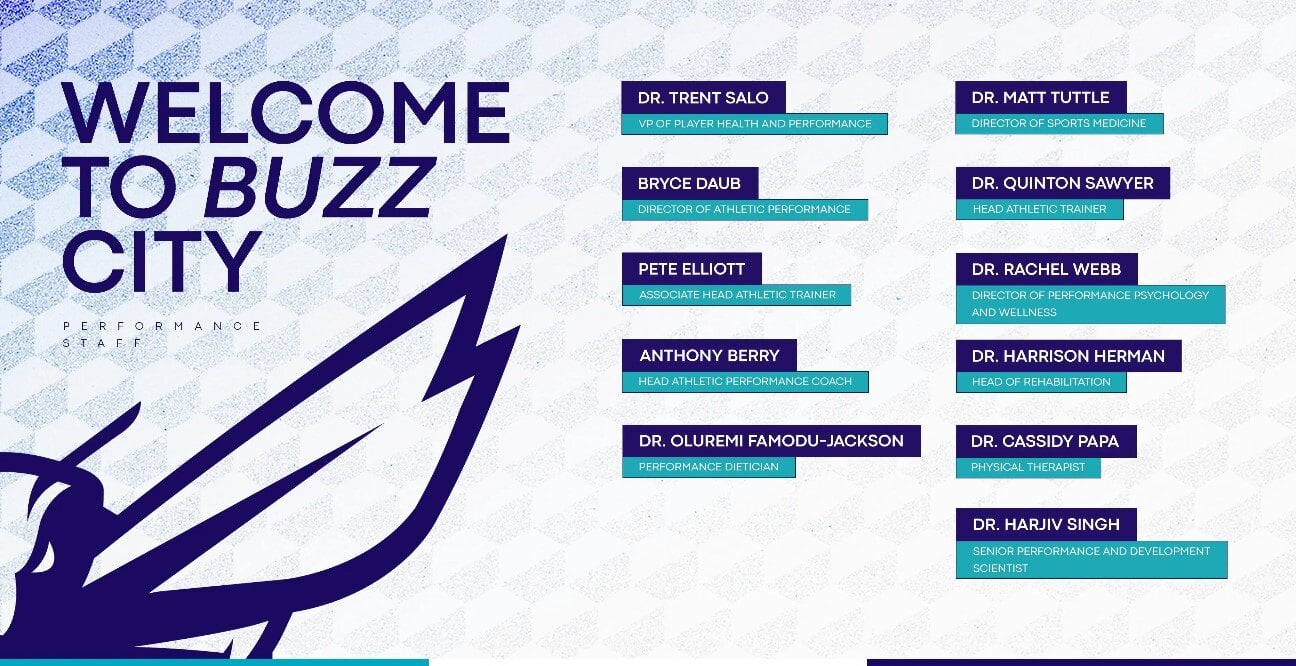How FC Cincinnati’s Athletic Training Staff is Redefining Recovery in MLS

The grind of an MLS season is relentless—and FC Cincinnati is meeting it head-on with one of the most innovative recovery programs in professional soccer. With 34+ matches, multiple competitions, and limited recovery windows, the club has embraced a player-first, data-driven recovery model to keep its roster healthy and high-performing.
With 34+ matches, multiple competitions, and limited recovery windows, the club has embraced a player-first, data-driven recovery model to keep its roster healthy and high-performing.
At the heart of this new approach is Dalton Davis, Recovery Science Manager & Assistant Athletic Trainer, who, alongside VP of Sport Performance Garrison Draper, introduced a bold and memorable methodology: The S.H.I.T. Method—Stiff, Heavy, Irritated, Tired.
Each morning, players report how they’re feeling. Then, using detailed qualitative and quantitative data, the Athletic Training Staff builds a customized plan that addresses each player's specific needs. It’s a far cry from the outdated one-size-fits-all protocols.
“We want to make sure every player feels comfortable and invested in their recovery process,” Davis said. “And once we get buy-in, we’re able to educate and introduce new strategies that get results.”
Key pillars of recovery—nutrition, sleep, and load management—are treated as foundational, with support from experts like Director of Sports Nutrition Ally Maher and Mental Skills Coach David Da Silva. Players wear WHOOP bands to track sleep and receive personalized guidance, while nutrition is tailored based on testing data and daily needs.
Flexibility is essential. Whether a player prefers walking outside over a stationary bike or chooses the sauna over the hot tub, the staff adapts.
“Giving them options builds trust,” Davis explains. “And that trust leads to better outcomes.”
The system now extends to every level of the club—from the first team to the U13 Academy—ensuring consistent care and development across all age groups.
The S.H.I.T. Method is more than clever branding. It’s a comprehensive, daily system for identifying stressors, building robust athletes, and preventing injuries before they happen. Recovery isn’t reserved for post-match—it happens every day, before and after training, based on real-time player feedback and performance data.
“Our job is to keep them ready,” Davis said. “That looks different for everyone. But if we work together—trainers, players, coaches—we can help them be at their best when it matters most.”
For FC Cincinnati, that could mean the difference between a deep playoff run—or lifting a trophy.
Read the full story here!
![HR Logo [Recovered]_Full Color Vertical-1](https://blog.healthyroster.com/hs-fs/hubfs/HR%20Logo%20%5BRecovered%5D_Full%20Color%20Vertical-1.png?width=199&height=178&name=HR%20Logo%20%5BRecovered%5D_Full%20Color%20Vertical-1.png)
 By
By


